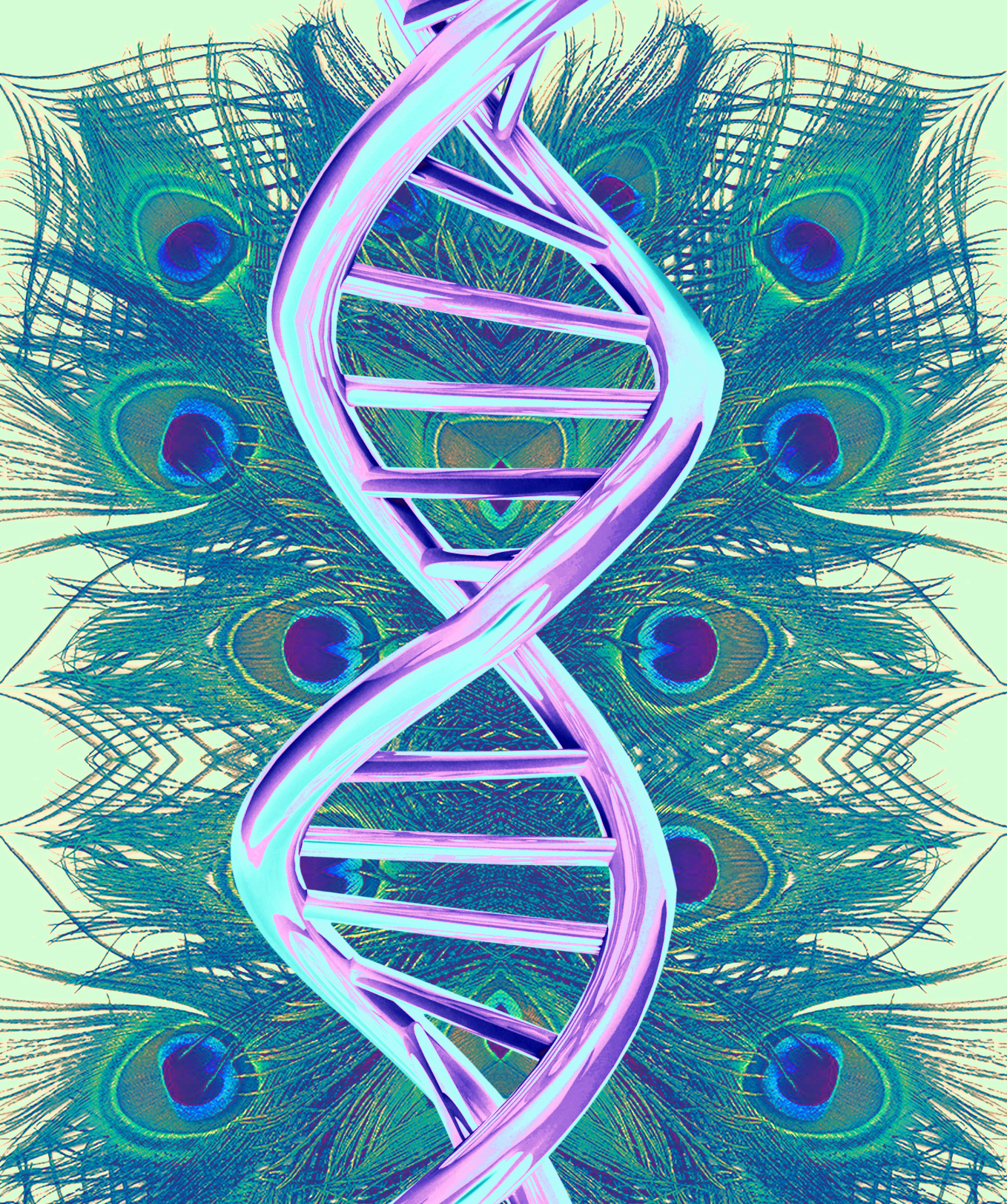We're All Slightly Gay

TIM HALL - Editor
I went to a science talk looking for controversy but all I found was science.
The notion that sexuality could have a genetic basis used to be a very sticky subject. When the first evidence of ‘gay genes’ emerged, it led to hyperbolic visions of a future in which anything other than heterosexuality was bred out of the species.
Now, the idea that a person is ‘born gay’ has become a generally accepted view, even though it is not entirely the case either.
Twenty years on from the first signs of a ‘gay gene’, scientists have found several more, but despite the insistence of experts including Lady Gaga, they are no closer to declaring that sexuality is entirely predetermined.
This does not mean that the contrary view – that sexuality is a ‘lifestyle choice’ or a social construction – is any more correct, because as with many matters of science, the truth is complex and hard to pin down.
What I learned at the Australian Academy of Science’s Life & Death: SEX talk is that the genetic part of the truth is actually not very interesting, for a biologist at least.
When the furore over ‘gay genes’ kicked off in the 90s, Professor Jenny Graves said she “never could understand why there’s such a big fuss about them”.
“To an evolutionary geneticist there’s got to be hundreds of ‘gay genes’.
“But they’re not gay genes, they’re actually ‘male-loving’ variants of genes that have something to do with your choice of mate.”
When you think about it, it makes perfect sense. Choosing a mate might be one of the most important biological decisions a species has to make, so why wouldn’t a large amount of genetic programming be dedicated it?
That ‘male-loving’ gene might have evolved in females who tended to mate earlier and more often; a clear advantage in evolutionary terms.
What appears to be happening is called a “balanced polymorphism”, where a gene can be advantageous in one situation (or sex) and not in another. If the advantages balance out the costs, the gene sticks around.
In this case, that balance could be reached if the sisters, mother and aunts of men with the ‘male-loving’ gene had enough kids to make up for the lower number of children produced by the males with the same gene.
It turns out they do.
Research from Italy shows that female relatives of gay men have 1.3 times as many children as the female relatives of straight men. Another study suggests that the advantage ‘male-loving’ genes give women is more than enough to offset the selective disadvantage it confers on men.
Professor Graves says she is surprised these two studies are not better known, considering how much they explain about the “normality”, or even advantages, of homosexual behaviour.
“So are there ‘female-loving’ genes?” Prof Graves asked.
“Nobody’s described any, but I’ll bet you anything there are hundreds of them too.”
Large portions of our sexual identities could come from this mixture of male-loving and female-loving genetic variants.
“It’s sort of like height... there’s something like a thousand genes, variants of which make you shorter or taller,” Prof Graves said. The best way to improve your game, as the saying goes, is to play against the house! We provide a summary of the top new player incentives for online slots. When it comes to slots, there is no such thing as too many bonuses; the more, the better. Players now have a variety of choices to fit their play style and tastes, thanks to the surge of new, high-end online casino offering the best assortment of slots.
“So if you happen to get all the tall variants; you’re really tall... if you happen to get all the short variants; you’re really short, whether or not you’re a male or a female.
“But most people are somewhere in the middle, and I think mate choice is going to turn out to be like that.”
The mechanics of DNA are mind-bogglingly complex, and so if there are tens or even hundreds of sexual selection genes battling it out for supremacy, everyone will inherit a virtually unique mixture of variants.
That is before other elements – primarily in-utero hormones and epigenetics - play their roles.
Going back to the height analogy, the confluence of all these factors produces a continuous distribution of people of different heights, with the very tall and the very short at each end.
In the same way, sexual preference can be seen as a continuous distribution, or a spectrum, with people emerging as “very male-loving” or “very female-loving” in both sexes, influenced by the coming-together of almost innumerable factors.
It’s not black or white, gay or straight, this, that or the other – sexuality is a spectrum.








 Create PDF
Create PDF Print
Print Email to friend
Email to friend